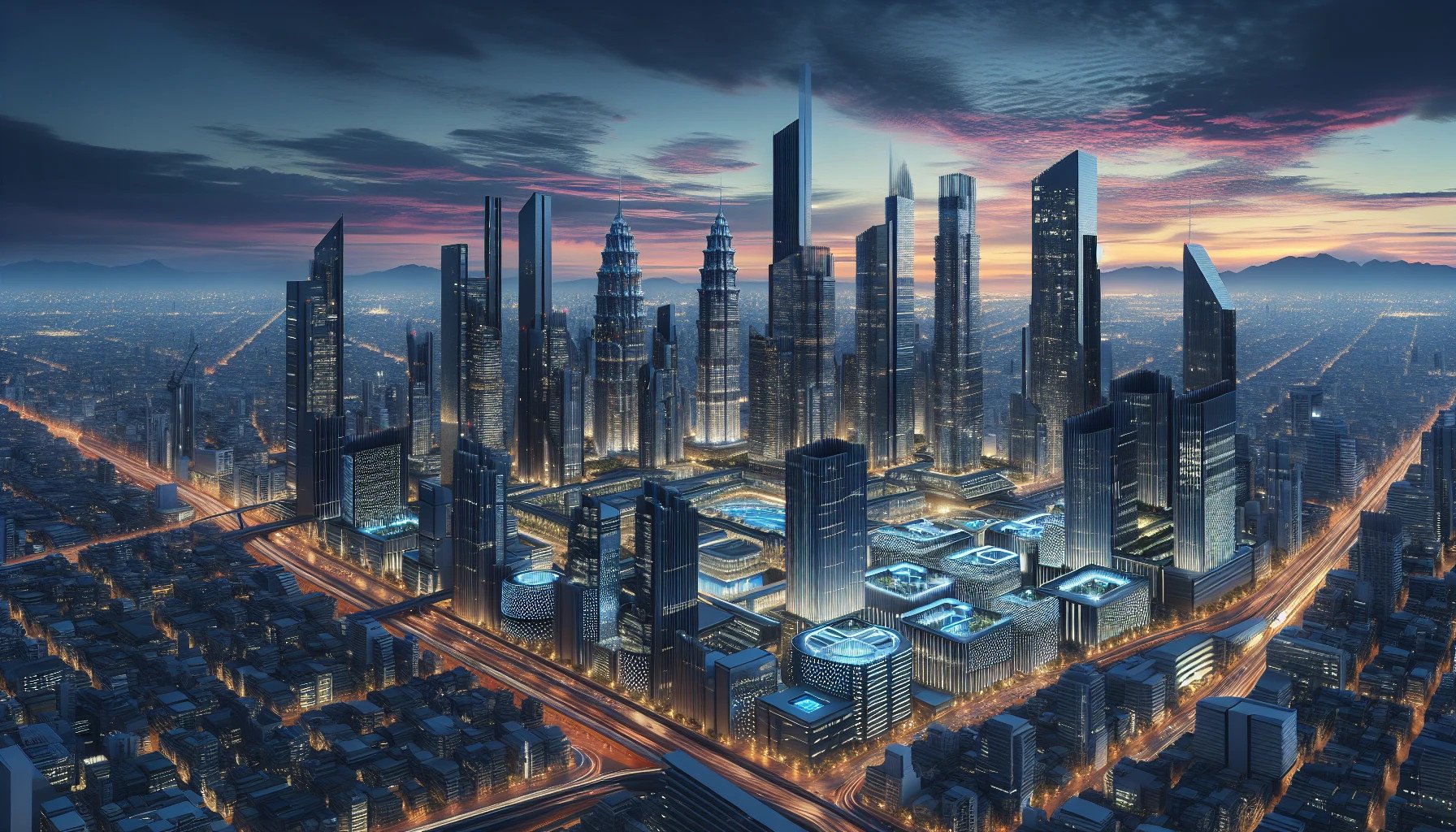Getting Our Cities To Give Us What We Demand.
Cities, like no other, are at the center of everything that matters to us as humans. We demand so much and receive so much from the cites we choose to call home. Well-being, transportation, shelter, community, income, etc. While we might receive these from different actors within the ecosystem that we know as a city, it is all premised on the idea that we are participants in an idea of a ‘city’. But our city leaders have, until now, just given us the residents what they think we want. Or, in the worst case, not even factor in what we want and just give us what is there. It’s how you end up with kid’s movies that depict DMV staff as sloths. Sidenote: that movie, Zootopia, is one of the most subversive movies I have watched!
It’s time to move into an era of demand-driven innovation in our cities. We have the technology, what we lack is a leadership class that is familiar with what, how, and who can provide these demand-driven solutions to the populace. I know there is nothing malicious about the pace of service or solution delivery in our cities but things happen so slowly in cities that one would be forgiven if the conclusion drawn was that no one cares. But I know our public servants do care. Or at least it keeps me going to believe that they care.
So what is demand-driven innovation? Simply put demand-driven innovation is the development and deployment of technological solutions that are specifically catered to the needs and preferences of end-users. I’ll lay it out with an example of a day in the life of a city dweller in a mid/second-tier city in the US.
Karen wakes up to get her kids ready for school. Because the kids go to public school with the bus Karen is notified, by text, an hour earlier than the pick-up time that weather-related issues mean that the school bus will not run today. Since the school is not closed, but the kids still need to be catered to, Karen can use the ‘City App’ to schedule a shared ride run by the city for emergency transport support. Karen cannot afford not to be at work (as a single mother who lost her husband recently) and the kids must be at school. Because the city knows this, the city can also ping Karen, through the app, to confirm whether she needs after-school care for the kids. Karen requests after-school care. This request also triggers healthy snack supply from the local farmer’s markets who sell their wares to schools and community centers in the city (and they get paid through the app too).
Because the city works with the local YMCA, Karen’s request triggers open slots for the part-timers (retired Boomers) in the city who have opted into engaging with younger kids in the community between the hours of 2:30-4:30. These boomers provide care and receive companionship from youthful energy to keep them replenished and healthy. At the end of the day, the same emergency rideshare service (through the app) is used to (automatically) schedule drop off both Karen’s kids and the volunteer boomers. The same drop-off vehicle (car or bus) also transports the boomers back home dropping off fresh food at Karen’s and the retirement home. Everyone has had a less-than-stressful day + will have a hot meal later that night because the city is focused on providing solutions based on the demands of living in the city (and not just doing things as usual.
What needs to happen for the above example of demand-driven innovation to become a reality in our cities?
Our cities will need to get more technology savvy and work to attract the best talent to come build these solutions for cities. There is a whole generation of technologies who are tired of pushing more pixels and want to feel like they are part of ‘the’ solution to their cities and community problems.
Remove regulatory roadblocks that prevent the adoption of new solutions. If these solutions are being built by city staff (as suggested above) then a mindset shift is required.
Remove financial roadblocks: in a city where the community is thriving and the sentiment is positive towards the city, taxes, and revenue generation for the city become less of an issue (more people working and participating in the economy means more tax revenues for a city).
Prioritize solution access: community engagement will be required to identify the demands of the populace and this engagement will need to be maintained to ensure solution access for all.
I’ve shied away from public-private partnerships for the development of these solutions because that is where the bulk of the friction comes in. The perception (true or not) is that incentives of the private sector never fully align with the public sector. The goal here is to serve the people with what they demand from their cities, we cannot afford to waste time on seeming misaligned incentives. It’s time to listen, and deliver, what the people demand.

